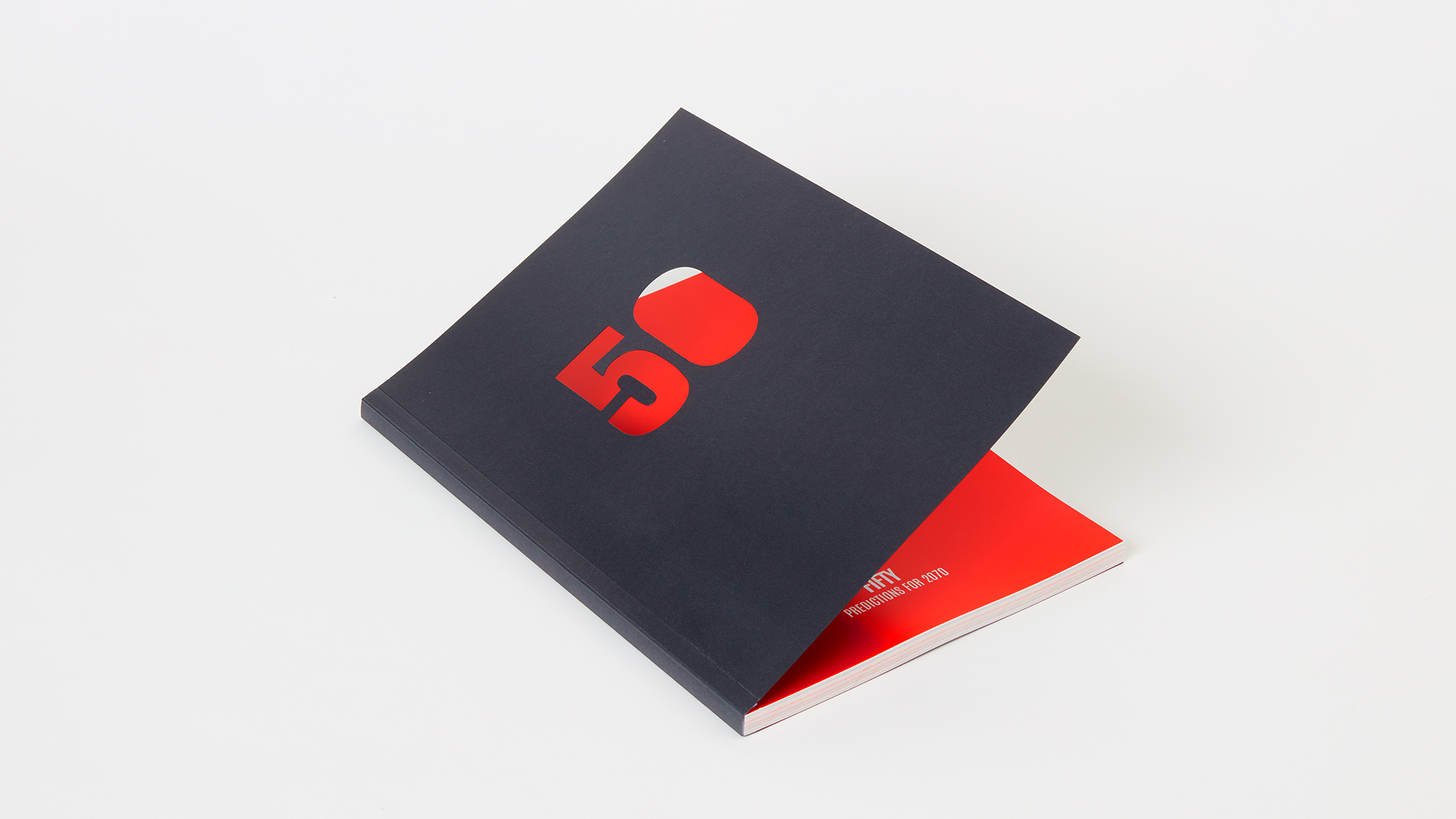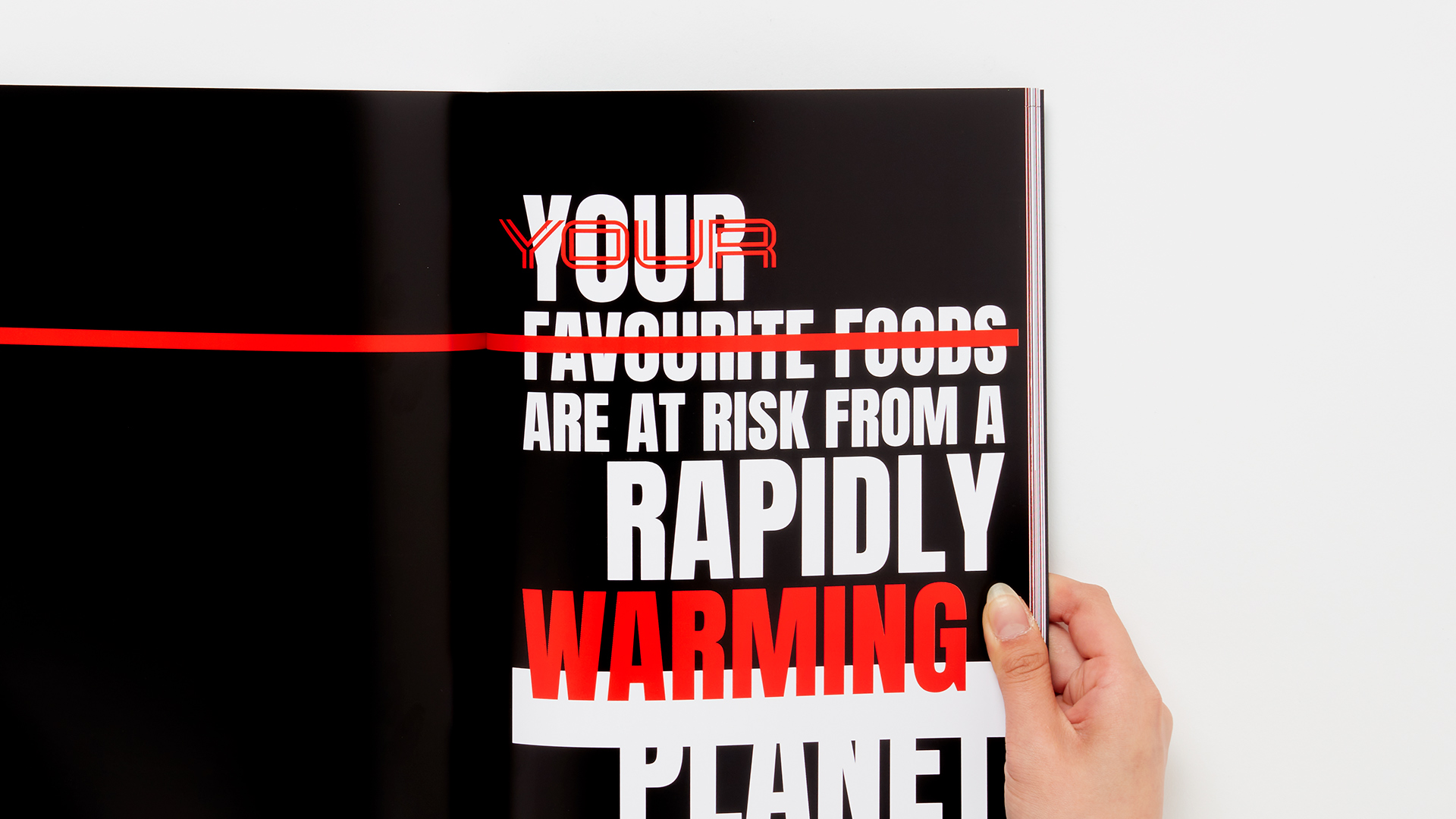
Predictions for 2070
During my time at AUT, I have gained an interest in flat graphics & typography. As a result of this, my work has focussed on typography and how it can be integrated with my photographic practice. My passion for books, layouts and type has taken me in the direction of design for social good — I'm interested in how graphic design can explore social issues and benefit public industries, such as healthcare.
FIFTY is a dystopia-inspired publication that showcases predictions 50 years into the future using typography and photography. FIFTY speculates on what our not-so-distant future might look and feel like, influenced by a dystopia-futuristic stylistic approach that embodies a sense of urgency and uncertainty about the future.
The predictions included in FIFTY are portrayed through headlines with accompanying informational articles – designed to capture a futuristic yet dystopic interpretation of social issues, environmental issues & scientific breakthroughs. The use of headlines felt necessary for conveying the importance and urgency related to the showcased topics. Through the concept of headlines, I experimented and explored how type and typography could be portrayed in a futuristic society without venturing down the retro-futuristic path that we are used to seeing when speculating about the future.
On the theme of dystopia, this aspect was primarily symbolised with the colour red throughout FIFTY. Many of the photographs were edited with red hues to add a sense of urgency & alarm, while also eliciting a sinister feeling amongst other things. Red has been used through FIFTY as the primary colour along with black & white to create high contrast with minimal colours to enhance the feeling of dystopia.
Something I wanted to bring to the forefront of FIFTY was the theme of climate change and the environmental and social impacts a warming planet can have on Earth’s survival, as well as our own survival. This was visually represented predominantly through the photography of nature to show that the beauty of nature is still here, but may not be forever if we don’t start to make a conscious effort to change our ways. Photography was also used in a symbolic and metaphorical sense to symbolise the destruction of our environment – a stark reminder of where our planet could end up.




